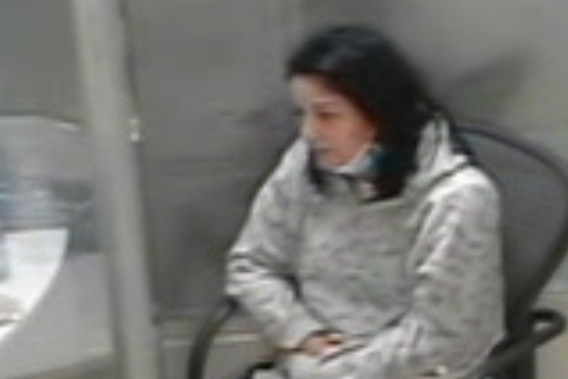Jurors began their deliberations Tuesday at the trial of Véronique Manceaux without knowing that significant parts of the evidence were excluded by the judge due to an illegal search and a vulgar and aggressive investigator. The jury is therefore unaware that Jimmy Méthot was found stabbed in a barrel.
After a month of trial, a hostile key witness and contradictory versions, the task promises to be difficult for the jurors in the trial of Véronique Manceaux, accused of first degree murder and indignity to a corpse. Immediately sequestered on Tuesday, the jury also asked to listen to important testimony again.
The possible verdicts are numerous: first degree murder, second degree murder, manslaughter and acquittal. The jurors will have to return a unanimous verdict. There are many gray areas in this matter. The role of the three other people involved – Méthot’s girlfriend, a 17-year-old teenager, a career criminal – remains unclear.
According to the Crown, Véronique Manceaux beat Jimmy Méthot to death with the help of a 17-year-old teenager, while she confined him in her home in September 2021. Manceaux accused Méthot of being a spy for her ex-spouse. The Crown maintains that the murder was premeditated and in a context of kidnapping.

FACEBOOK PHOTO
Jimmy Méthot
In the eyes of the defense, the evidence does not demonstrate that Véronique Manceaux killed, or even attacked Jimmy Méthot. The 17-year-old – already convicted of murder – and his mentor Everett Roger Clayton, a criminal with a history of violence, are surely the real culprits, the defense submits.
The Crown’s case is based on the testimonies of two people: Méthot’s girlfriend, who was drunk and high during the murder, and who is awaiting trial. The other key witness, the teenager, refused to testify at the trial, saying only that he did not remember anything. In short, two non-credible and unreliable witnesses, according to the defense.
There was no emergency, according to the judge
To add to this puzzle, the jurors do not know what happened to Jimmy Méthot’s body once it was transported to the garage. The autopsy report and all the evidence discovered by the police were deemed inadmissible as evidence by Judge Daniel Royer. This judgment rendered before the trial can be revealed now that the jury is sequestered.
Essentially, Judge Royer criticizes the police for having conducted the search in the residence of Véronique Manceaux without a warrant. The police maintained that they had intervened urgently, since Jimmy Méthot could still be alive. A woman contacted the police station three or four days after the murder, reporting a body in the basement.
According to the judge, it was not a 911 call requiring immediate help. The woman described to police a crime that was no longer in progress. Nobody was in trouble. The judge points out that a warrantless search of a house is only permitted to prevent an “imminent” situation for the safety or life of a person.
“The duty incumbent on police officers to protect life does not give them carte blanche to enter a residential home,” recalls Judge Royer.
When the police arrived, they seized Véronique Manceaux and searched her. According to Judge Royer, the woman was illegally detained. His right to counsel was also violated. The judge describes a “systemic manifestation of the lack of consideration of the constitutional rights of people in detention”.
Upon entering the garage, the police immediately smelled bleach. They quickly spotted the body of Jimmy Méthot in a barrel.
The judge excluded from the evidence parts of the interrogation of Véronique Manceaux after her arrest due to the behavior of the investigator. The accused was in a “precarious” state: she was shivering, did not have her medication for her mental health problems and had no underwear despite intense menstrual pain.
However, investigator Christina Vlachos showed “increased aggression” by calling the accused a “monster”, “a cold-blooded killer who likes to torture people” and a “liar” by using vulgar language. Judge Royer evokes a climate of “oppression”, while the investigator ignores the pain of the accused, lying partly on the desk.
When Véronique Manceaux claimed her right to silence seven times, the investigator told her that “saying nothing means everything”. The policewoman also ignored the accused’s polite request to go to the bathroom.
Me Jasmine Guillaume and Me Marie-Claude Bourassa represents the public prosecutor, then Me Carl Devost Fortin and Me Fanie Lacroix defends the accused.
